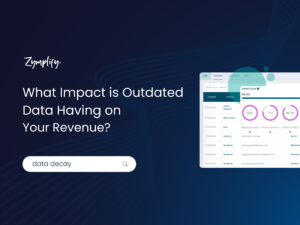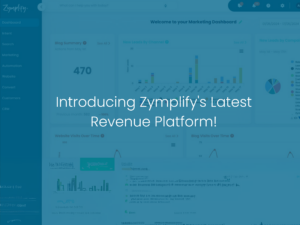
There are a few things that have changed so much in the world of sales since I began my career in 1979 than how the average business finds prospects that they can then turn into customers. I began my career selling computers at IBM in the Boston area. This was a transition time in the world of computers, with the era of equipment that took up large rooms and cost millions of dollars giving way to mini-computers (relatively speaking), which still cost hundreds of thousands, but opened the way to a greater variety of sizes of businesses to gain the benefits of automating their front and back-office operations.
These computers had data storage that measured in the hundreds of millions of megabytes (compared to today’s billions of bytes of storage), and the ability to connect dumb terminals (essentially expensive televisions), and had application software that could help with basic functions such as order entry and invoicing, accounts receivable, inventory, general ledger and payroll, functions that previously required manual effort.
In the early days of selling these mini-computers, salespeople were taught how to financially justify the investment through better collection of receivables, faster billing, reduced inventory, or better management of bill paying.
And the ways to find these potential customers were fairly straightforward. This was prior to email, cell phones, texting, and way before social media. The methods utilized included the U.S. postal service, cold calling (back when the average business person had a landline and would answer it, and door knocking. There were no customer relationship management (CRM) systems to store information about prospects so you took notes on yellow pads and put them in file folders and kept your weekly calendar in physical calendars, not on a computer. There was no Microsoft Word or Excel, and letters were typed on a typewriter.
A further transition took place in 1983 with the introduction of the IBM PC, making it more affordable for any size business to automate some business functions and add to daily productivity.
The introduction of email
Productivity in the sales and marketing function was slower to come. Email came into vogue during the mid-to-late 1980s, and word processing functionality automated functions that were ripe for productivity gains. It wasn’t until the new millennium that sales automation took a leap forward with the introduction of applications like Salesforce.com and marketing advanced with email marketing programs such as Constant Contact. As an original investor in Constant Contact, I got to see the market evolve up close, but it took another 8-10 years before email marketing truly became mainstream.
Hubspot
By 2006, Hubspot put marketing automation on the map by combining some of these different point solutions into an integrated platform to make it easier for medium-sized businesses to more cost-effectively reach out to prospect and customers.
Today, the variety of integrated sales & marketing solutions at different price points have brought the ability for any sized business, even those without in-house marketing staff, to help generate leads. What is becoming increasingly apparent, is that those businesses that don’t avail themselves of such services are putting themselves at a competitive disadvantage.
Statistics show that a high percentage of buyers have made up their mind product selection before they get in touch with the seller, minds that are made up by internet research, price comparisons, customer referrals, collateral, informational webinars and companies that have stayed in contact with potential buyer with “touches” to be in front of them when they are in ready to buy mode.
The growth of Zymplify
At Zymplify we have seen firsthand what packaging an easy to use integrated platform with the services to help implement and run it monthly can do for small and medium-sized businesses. Our average prospect understands that social media outlets like Facebook, Twitter, and Linked In can help them reach out to prospects, that developing relevant content and ways to deliver it can put them in a position to be considered during the buying process and that channels like their website are a place for customers to gather information about the seller and the seller to gather information about their prospects.
More from Zymplify
Top Inbound Marketing Tools to use in 2019
Inbound Marketing and Marketing Automation
The Power of Inbound Marketing: Are You Really Using it Effectively?



